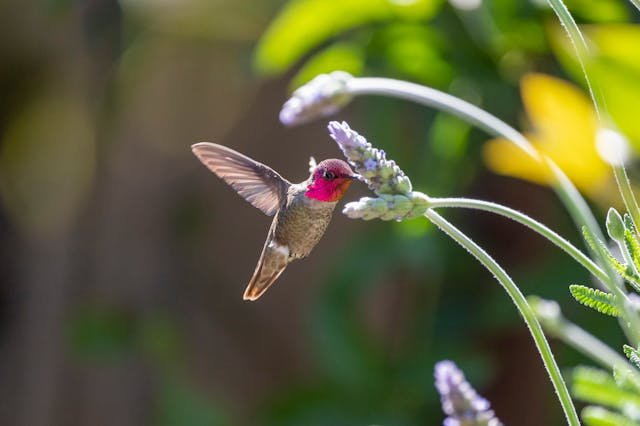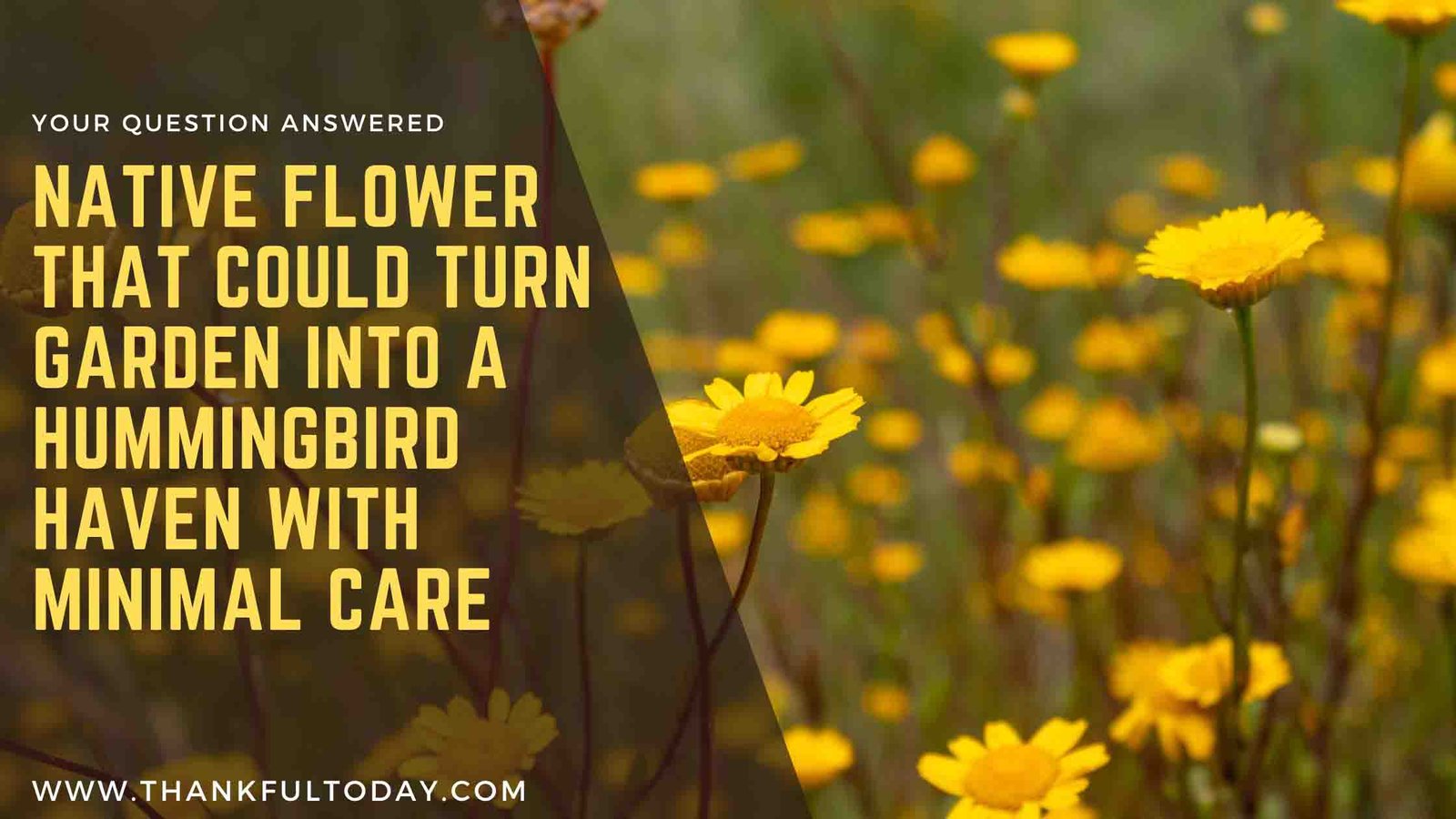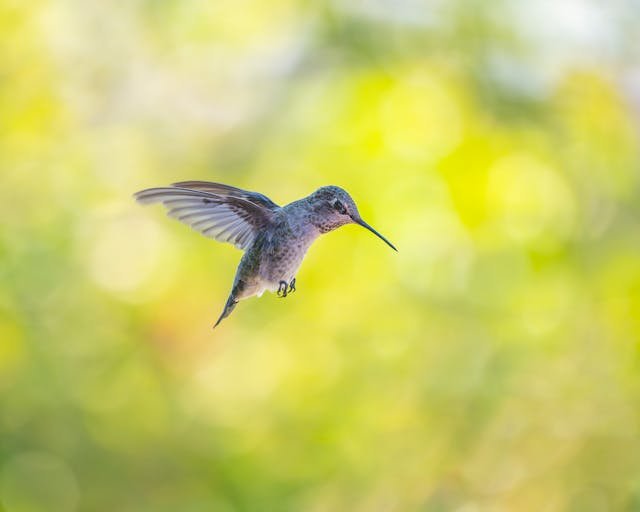When I first set out to create a hummingbird-friendly space, I filled my yard with color and blooms, thinking I was doing everything right.
But after weeks with no hummingbird visitors, I realized something surprising: some of the plants I chose were actually driving them away.
Here’s what I learned—and how a few smart swaps made all the difference.
1. Double-Bloom Flowers
I loved the look of full, ruffled blossoms like double impatiens and roses. But these fancy blooms have tightly packed petals that make it hard for hummingbirds to access nectar.
Swap with: Native single-bloom varieties, bee balm, or salvia. These offer open, tube-shaped flowers hummingbirds can easily feed from.
2. Non-Native Ornamentals
Some exotic plants are pretty, but they offer little to no nectar or attract few insects (another hummingbird food source).
Swap with: Native flowering plants that thrive in your region. They’ll naturally support local pollinators, including hummingbirds.
3. Invasive Ground Covers
Aggressive spreaders like English ivy and vinca may cover ground, but they crowd out the flowers hummingbirds rely on.
Swap with: Flowering ground covers like creeping phlox or native columbine, which offer both cover and nectar.
4. Bright but Nectarless Blooms
Some common garden flowers look great but don’t provide nectar—think geraniums, marigolds, and begonias.
Swap with: Fuchsia, penstemon, or trumpet vine for vibrant colors and nectar.
5. Plants Treated With Pesticides
Even if a plant is hummingbird-friendly, pesticides can kill the small insects hummingbirds also eat and introduce toxins.
Fix: Choose organic or untreated plants, and avoid chemical sprays altogether. Let your garden be wild and balanced.
Creating a hummingbird haven isn’t just about what looks good to us—it’s about what serves them.
When I replaced a few decorative choices with purpose-driven ones, the hummingbirds finally arrived—and they stayed.
Sometimes, attracting beauty starts with learning what to let go of.









